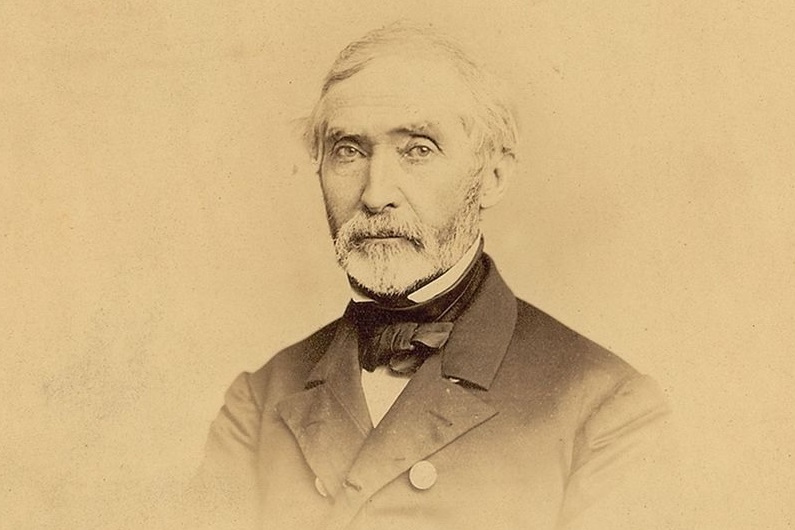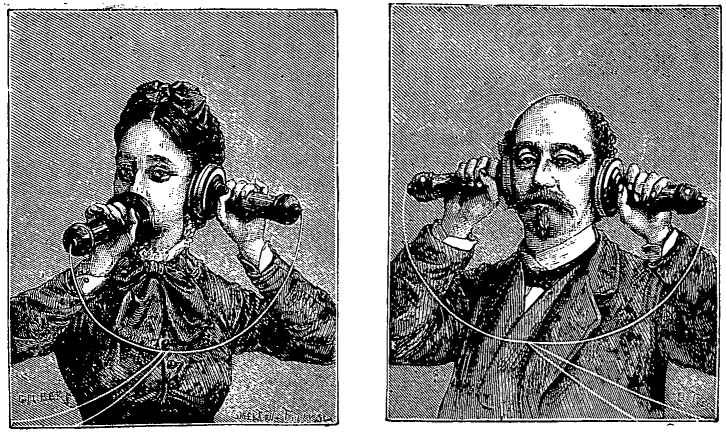In 2021 Denmark’s Kunsten Museum of Modern Art engaged artist Jens Haaning to recreate two of his earlier works, An Average Austrian Year Income and An Average Danish Annual Income. Those pieces had presented framed piles of kroner and euro bills to represent the sums indicated in their titles, so the museum gave Haaning 532,549 kroner for the purpose.
Instead, he delivered two framed blank canvases. The title of this new work, he said, was Take the Money and Run.
“This is only a piece of art if I don’t return the money,” he told the New York Times. “I believe that I have created a good and relevant piece of artwork, which could be hung on the wall.”
It didn’t work out that way — on Sept. 18, a Copenhagen court ruled that he must return the money.
Haaning acknowledged that he hadn’t fulfilled the commission, but “I completed something else,” he argued. “You’re asked to show a 10- and a 12-year-old work, and suddenly you have a better concept.”
(Thanks, Sharon.)





